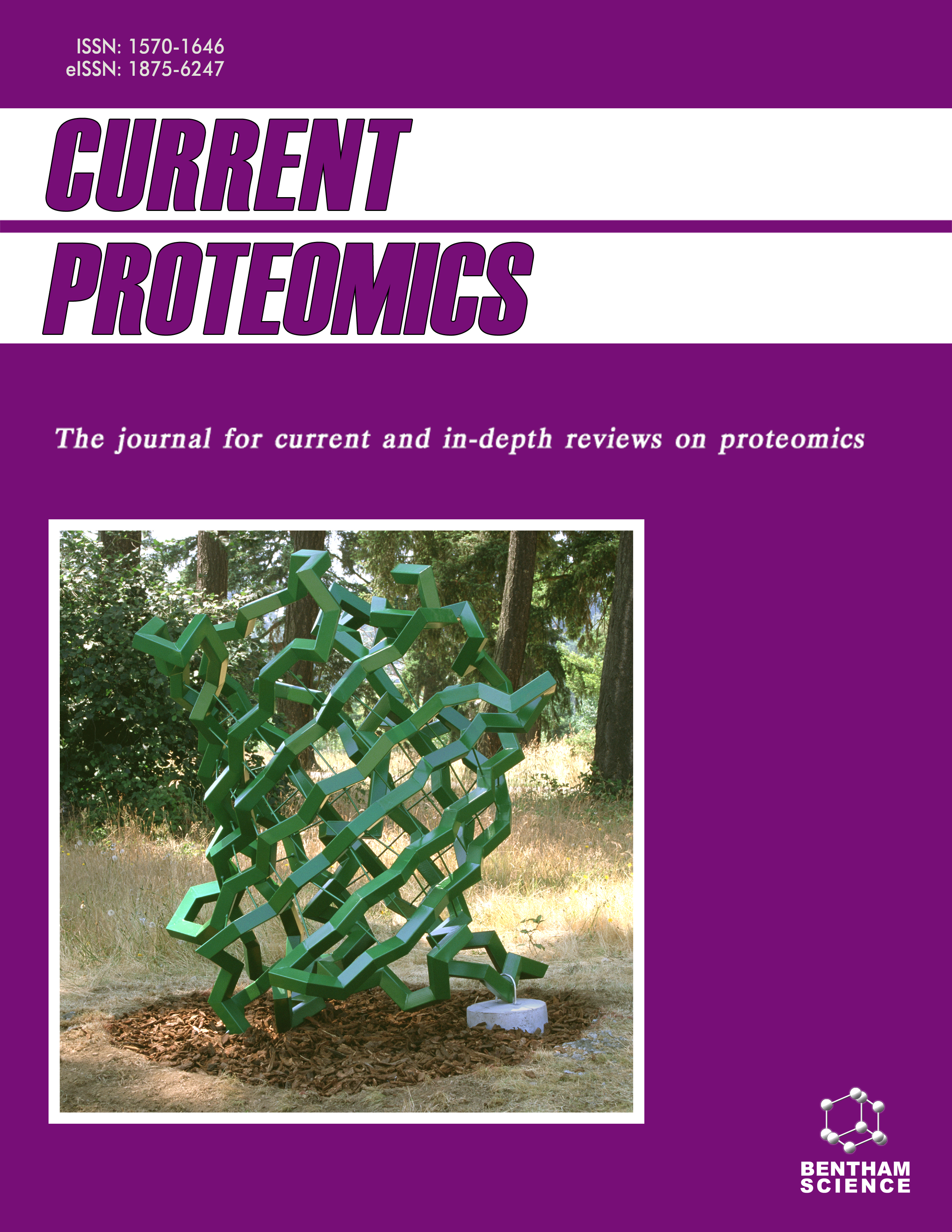
Full text loading...
We use cookies to track usage and preferences.I Understand
Drug resistance reduces the antitumor efficacy of chemotherapy. Therefore, it is important to know how to reverse drug resistance. In this work, we investigated drug resistance reversal by StemRegenin-1(SR-1) in MCF-7/ADR cells and the mechanism by which it exerts its drug resistance effect.
MTT test and protein blot were employed as the two main in vitro cell tests. The cells were treated with SR-1 and ADM to detect the changes in their proteomics, and then the effects of AhR downstream proteins, glucuronidase, and drug-resistant proteins were verified. The accumulation of ADM in the combined cells and its effect on the cell cycle were detected by flow cytometry. In vivo, a BALB/C mice xenograft test was conducted to observe the anti-tumor effect and side effects of the drug combination.
SR-1 combined with ADM inhibited cell proliferation and significantly decreased the expression of CYP1A1, UGT1A6, P-gP (ABCB1), and MRP1 (ABCC1). Furthermore, SR-1 caused apoptosis and cell cycle arrest. In vivo experiments showed that SR-1 significantly enhanced the antitumor effects of ADM and reduced the toxic effects of ADM.
SR-1 inhibited AhR activity, decreased its downstream protein CYP1A1 and the expression of UGT1A6, P-gP, and MRP1 in MCF-7/ADR cells, and reversed drug resistance in MCF-7/ADR cells through AhR/ABC transports and AhR/UGTs pathways.

Article metrics loading...

Full text loading...
References


Data & Media loading...

